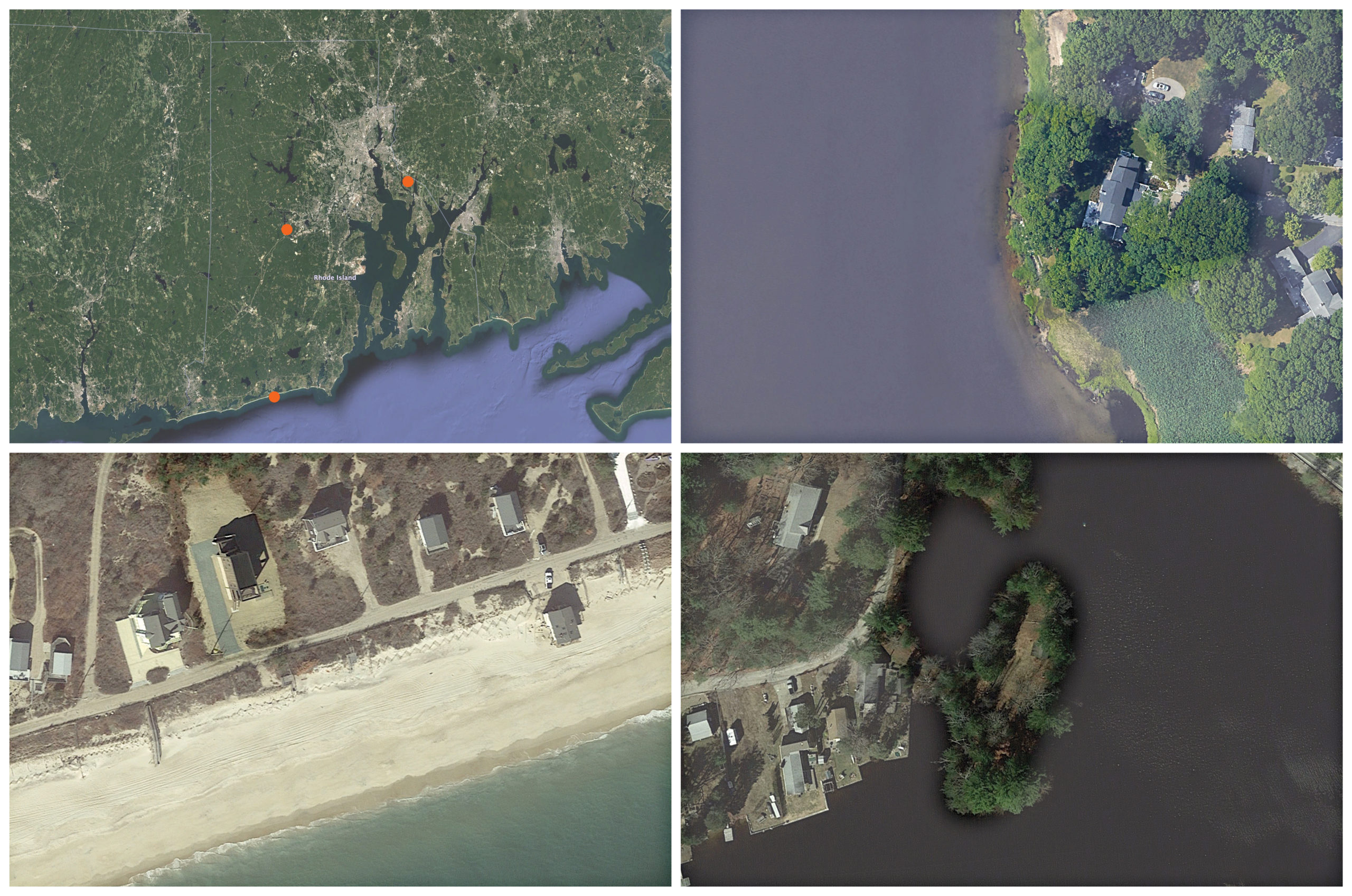
The Complexities of Coastal Permitting Broken Down
Let’s say you’ve found a property located near or within a coastal environment and are excited, and maybe a bit eager, to build your new home. This is the exact moment to slow down, recognize that challenges may not be readily apparent, and that the permitting process can be arduous or even prohibitive if you are not appropriately prepared. In this earliest of stages is the right time to consult with an architect.
When considering a site for a house, a significant amount of due diligence is required up front to determine if the project you had in mind is even feasible. Coastal regulations vary by type of water feature and setbacks are determined per lot, so requirements will differ even within the same neighborhood. If a house is already on the property, it cannot be assumed that it is compliant or that any studies that have been done on the land are still relevant. Codes are ever-changing – and more stringent than ever!
An architect experienced in building in an array of coastal areas and familiar with the permitting process can assist you in determining what is possible. They can also advise you on whether you should make the decision to move forward, or not, with a certain property. Through evaluating general survey data, floodplain mapping, and the overlays of different zoning regulations such as FEMA, DEM, CRMC, town, and potentially historic and/or cultural restrictions, the architect will be able to make determinations and set what the limits are at a schematic level without having to go through the process of hiring engineers for a full study only to find yourself at a dead-end.
Once the decision has been made to move forward on a property, the permitting process will involve multiple experts – surveyors, civil and structural engineers, biologists, and the architect as the ringleader that brings them all together.
Involving an architect from the start provides a full understanding of what is possible and ensures that the project will come out right the first time. They prepare you for what to expect before you jump into an initial design and have to ask for variances. This approach will save you thousands of dollars on redesign and avoids contention with your new community.
Interested in learning more? Stay tuned for a forthcoming blog posts with insight from KITE Principal Albert Garcia, AIA, on best practices for permitting and building in coastal areas. Also, feel free to contact us with your coastal permitting question!